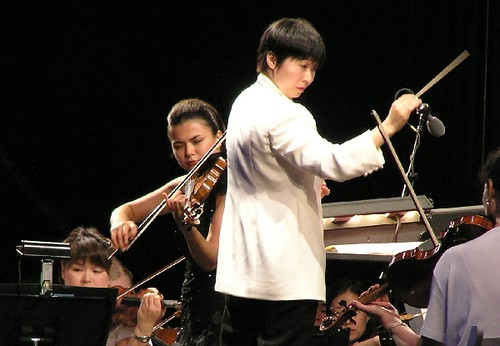How men and women manage risk differently
International Project Management Day in 2012 took as one of its themes the role of women in project management.
At the time, I spoke to Angela Minzoni Alessio, PhD, an industrial and business anthropologist from the Ecole Centrale in Paris, about how men and women approach project risk differently.
Angela, you’ve spent a lot of time researching the differences between men and women studying and working in project management and risk management. What is the main difference between the way male and female academics and practitioners approach project management research?
The overwhelming majority of authors about risk and project management in academia and firms are men irrigating the field with expressions like framework, plan, control, master… It has become so usual that we have lost awareness about the male-gendered way of thinking conveyed through this vocabulary.
For example, amongst male researchers in project management subjects we find: concept mapping, quantitative representations, automatization, competition and decision making while women’s scientific (or corporate) articles will favor subjects like training, ethics, networking, intuitive use, and participative innovation.
How does that impact the study of risk management?
This mainly male scientific knowledge production makes little reference to the human part of the risk equation illustrating thus the narrow focus that is a hallmark of much current risk management practice.
OK, so risk management practices are inherently linear, as a result of the fact that it is mainly men who have researched them, if I can simplify and summarize your years of research! How do women and men approach risk management differently?
In fact, the difference starts upstream to risk management itself, by an integrated way to look at management and strategy at the same time. For women, risk management is much more a collective challenge than an individual one, with the aim of creating a stakeholder’s sustainable policy rather than developing a new step for personal power.
A non-risk example is the one of female orchestra conductor, Xian Zhang. Let’s look at her movements and expression: everything tends towards the listening and the harmonization of the players. No heroic, jerky, staccato, almost frenetic movements as do show the great majority of male orchestra conductors.

If we transpose this attitude to risk management, we observe women will tend to be less impulsive and more willing to listen and explicitly acknowledge feelings such as danger and fear. This same attitude is also favorable to the disclosing of errors, an essential step in risk management. Nevertheless, because of the gendered social context into which risk is embedded, you can find women adopting male standards.
It’s worth mentioning intangible risk management and as an example, strategic and competitive intelligence. In this field, men tend to reproduce traditional military/aggressive-defensive masculine patterns whereas women seem to design specific approaches to intangible risks based on dynamic coordination, sourcing and networking.
But men can do the type of risk management you say is particularly female – considering that human element and working collaboratively, can’t they?
Yes. I think it is still exceptional to observe male managers having opted for more sensitive and insightful risk management approaches than the standard and traditional one’s made of generality, control, power, attacks, and bravery.
Why do you think there are these distinct patterns in how men and women manage project risk?
Through the generations and quite independently from national cultures women have been trained (even if not explicitly) to be responsible for caring for life – their own life as care givers as well as for the life of their children. It is more than a coincidence, for example, that women enjoying risky sports are rare.
Women have traditionally been put into situations for caring about different things at the same time: childcare, housekeeping (including budget management), professional work, caring for relatives etc.
This has taught them to have an acute pragmatic sense and to develop spontaneous mechanisms of getting and crossing multiple information sources. These contexts have also enhanced women’s multidimensional listening capacities.
Risk is still a field where men, through working relationships, reaffirm their own perception and that of their peers, the traditional male values: brave danger, be a hero, don’t be impressed, give orders, be under pressure, don’t cry or show feelings, stay extra hours at work and be very happy and proud of it, etc.
Risk situations present the opportunity for men to operate this unspoken process of self reinsurance.
OK, so what’s the impact of all this for project managers?
It could be threefold:
- the evolution and taking into account qualitative policies and evaluation instead of only or predominantly quantitative policies. In other words, being open to risk management from a wider perspective.
- the focus on end-to-end prevention and care systems from design to implementation and evaluation. We should be looking at risk management from start to finish.
- an increasing capacity and focus on training to explicitly deal with subjects like morale, taboo, anger, hope or fear. Project management training should include all these when it comes to dealing with risk.
Today’s mainly masculine way to deal with risk and danger remains attached to objectivity and purity, with the risk analysis profession favoring the paradigm of rational choices, thinking probabilistically and using universalizing terminology.
So we all need to be more open to different perspectives on managing risk. Thanks, Angela!
Angela Minzoni Alessio, PhD, is an industrial and business anthropologist, prospectivist, multi cultural consultant and part-time Professor at Ecole Centrale Paris. Her working experience includes Latin America, USA, the Near East, Central Asia and Europe. She is mainly involved in cultural impacts on training, decision-making, risk mitigation, governance, innovation and gender issues.

